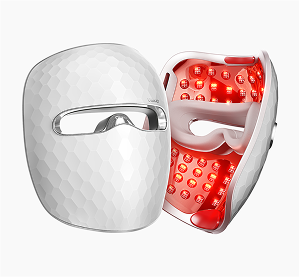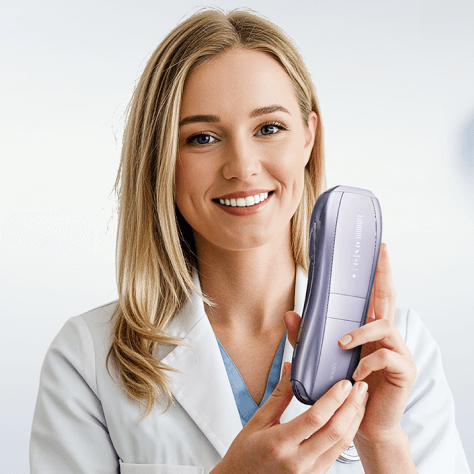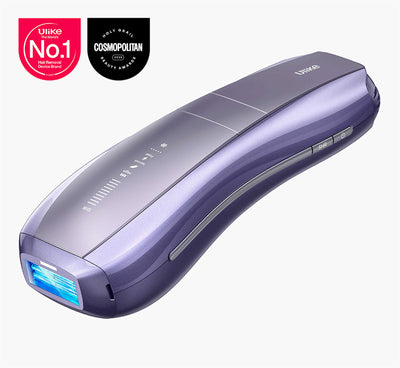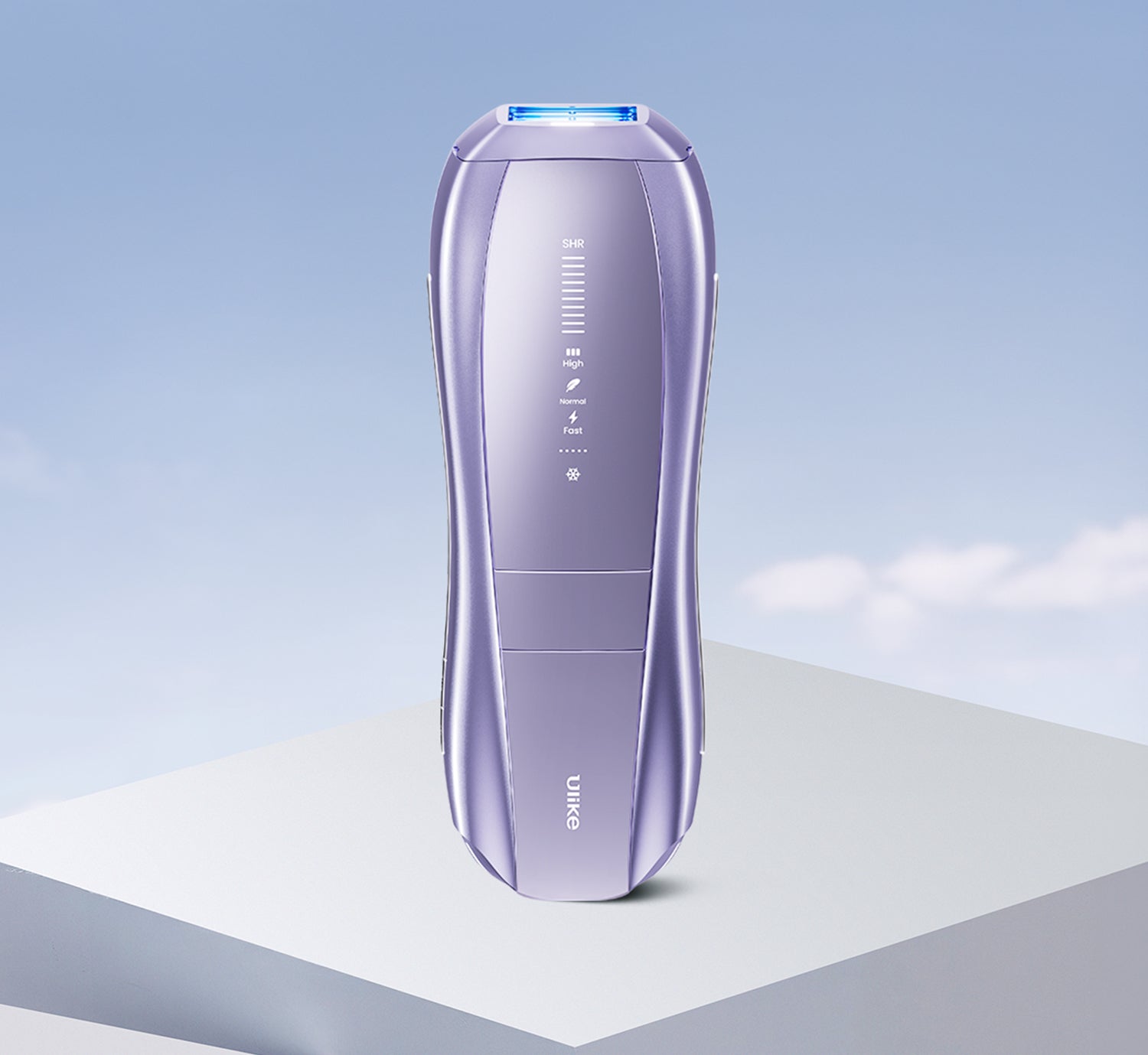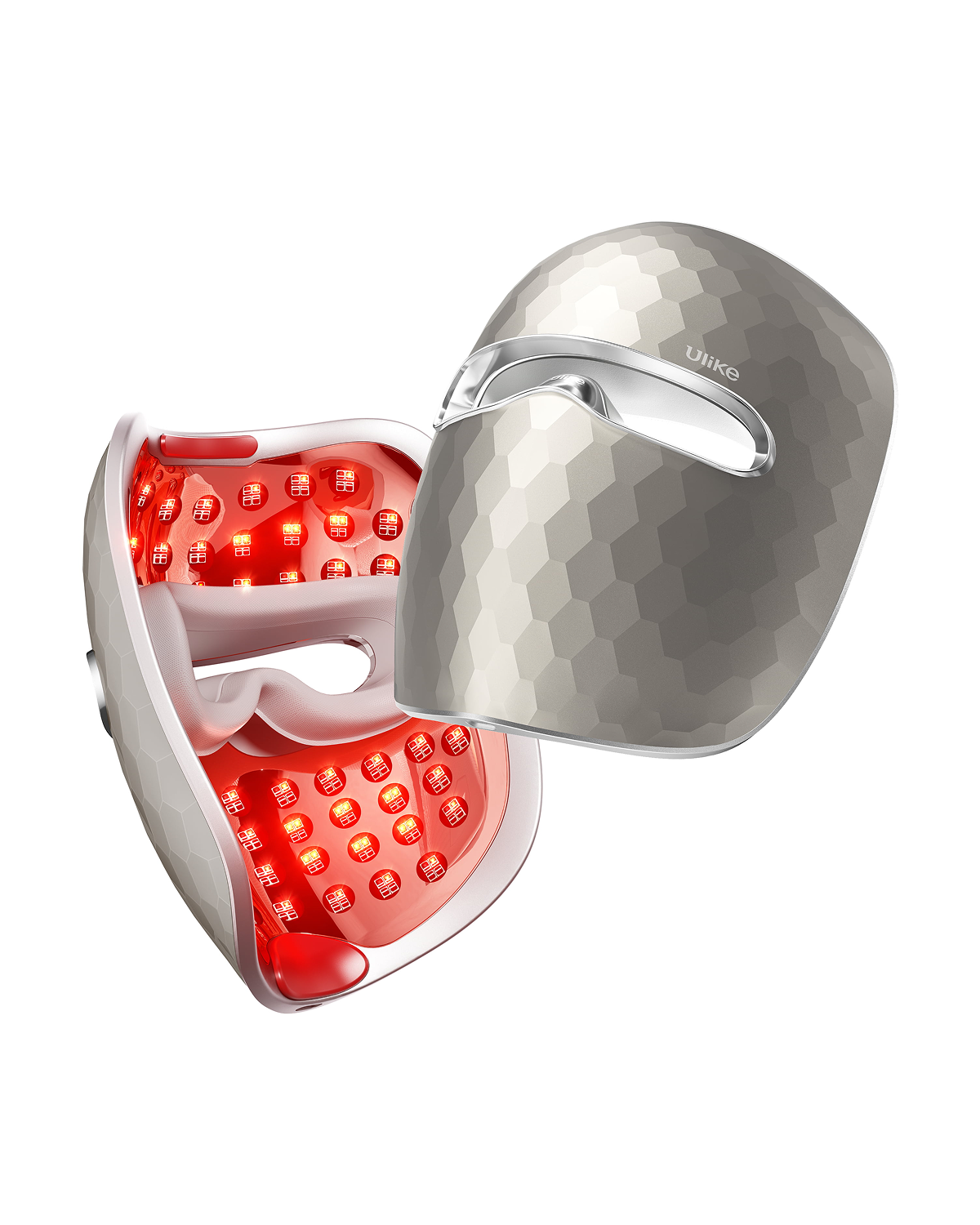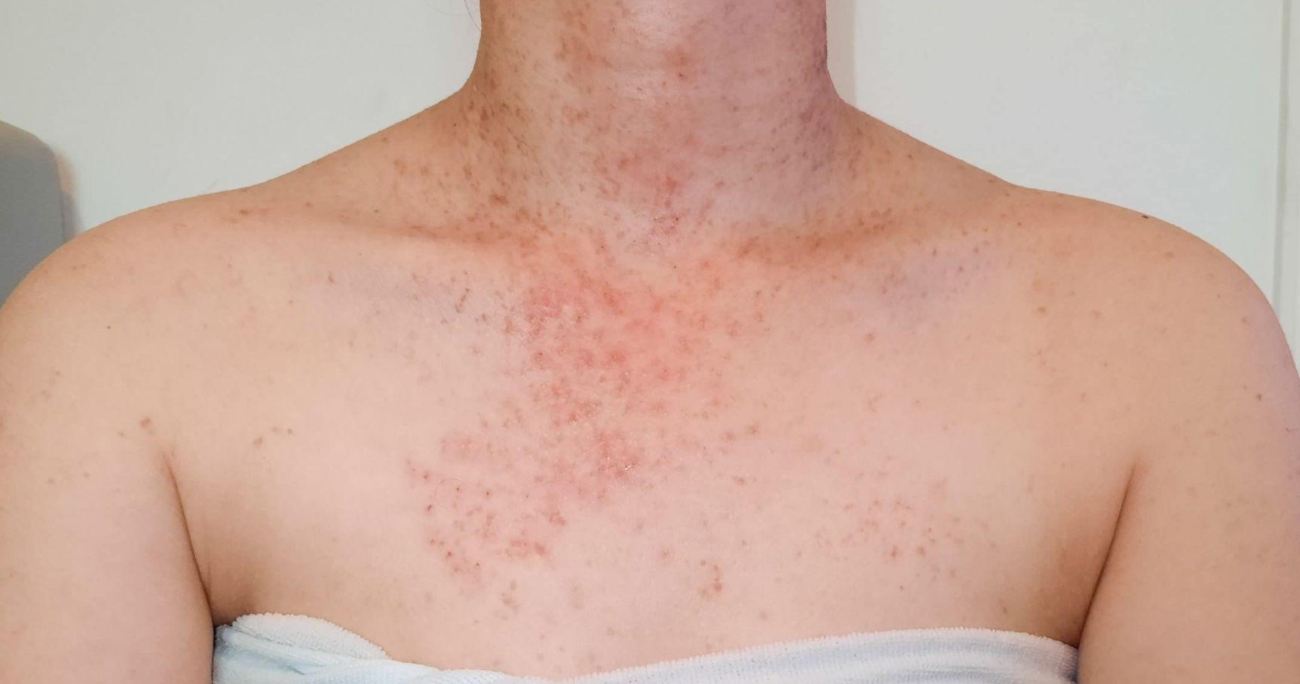
How to Treat Folliculitis After Laser Hair Removal Treatment?
Laser hair removal is regarded as the solution to all hair problems including ingrown hair, Hirsutism, fast hair regrowth, strawberry legs, and more. However, it rarely causes hair follicle diseases as well. This disease is Folliculitis, the inflammation of the hair follicles.
Although the research on the association of folliculitis with laser hair removal is deficient, there is some evidence that folliculitis can be induced by laser hair removal [1].
Therefore, we will talk about this uncommon phenomenon in this informative article and discuss the association, causes, prevention, and treatment of folliculitis after laser hair removal treatment.
Table of Contents:
- Part 1: How Do I Get Folliculitis After Laser Hair Removal?
- Part 2: How to Treat Folliculitis After Laser Hair Removal?
- Part 3: When to Seek Medical Help in Folliculitis After Laser Hair Removal?
- Part 4: How to Prevent Folliculitis After Laser Hair Removal?
Part 1: How Do I Get Folliculitis After Laser Hair Removal?

Unlike what you might assume, folliculitis can occur after laser hair removal. Below is the process explaining how.
Folliculitis:
Folliculitis, as the name implies, is the inflammation of hair follicles which appears in the form of small red bumps on the skin that may or may not be tender. There may also be pus oozing from the follicle Also, it should be differentiated from other similar bumps formed on the skin like ingrown hair and herpes.
It occurs because of the blockage of the hair follicles by dirt, impurities, or bacteria.
Folliculitis and Laser Hair Removal:
Logically, laser hair removal is considered a process that kills hair follicles. However, it is also a process that leads to folliculitis as a complication. To understand this procedure, let us first see how folliculitis develops.
Folliculitis occurs as a result of an inflammatory reaction to a foreign body, micro-organism, or anything that the skin does not recognize. In the case of case, shedding of the hair occurs that is taken as a foreign body by the skin.
Consequently, inflammation is triggered and folliculitis occurs.
Causes of Folliculitis After Laser Hair Removal:
Folliculitis in laser hair removal is caused by to:
- Heat: The laser beam is transformed into heat at the level of the hair follicle. It is natural for the heat to cause inflammation and swelling in the tissues. Therefore, one of the top causes of folliculitis after laser hair removal is unchecked heat application.
- Microbes: Micro-organisms including bacteria, yeast, and viruses can cause folliculitis as well. They do so by invading the skin and inciting an inflammatory response by the hair follicles. The commonest organism involved in this process is Staphylococcus as it lives on the skin.
- Impurities: Just like bacteria can cause inflammation, impurities including dust and sweat do the same.
- Foreign Body Response: In the absence of the other causes, the shedding hair acts like a foreign body, activates the immune system, and causes folliculitis.
Risk Factors of Folliculitis After Laser Hair Removal:
The conditions that make skin more prone to folliculitis include:
- Coarse Hair: The coarse hair tends to curl back into the skin. This curling of the hair gives rise to bumps known as folliculitis. Additionally, it is more common in people with curly body hair than straight.
- Dark Hair: Just like coarse hair, dark hair also causes folliculitis. The extrusion of dark hair from the follicles mainly makes the skin susceptible to folliculitis.
- Post-Laser Skin Irritation: Skin irritation whether caused by tight clothes, harsh chemicals, or heat results increases the risk of developing folliculitis.
- Breached Skin Barrier: Last but not least, if you do not take proper care of your skin before and after laser hair removal, it is likely that you will develop bumps on the skin.
Part 2: How to Treat Folliculitis After Laser Hair Removal?

Folliculitis can heal on its own once the hair shaft is completely shed from the skin. However, you can use topical and systemic treatment to speed up the process.
Topical Treatments:
Topical treatments are useful in mild to moderate cases.
- Anti-bacterial Creams: Topical antibacterial creams like neomycin, clindamycin, and mupirocin are effective in the treatment of folliculitis.
- Steroids: Hydrocortisone creams reduce the inflammation and thus severity of folliculitis.
- Fluocinonide creams: It is a corticosteroid that works in a similar manner to that of hydrocortisone to treat folliculitis.
- Anti-septic wash: Keeping the skin clean is an important modality in the treatment. So, use an anti-septic body wash for this purpose.
Oral Treatments:
If the inflammation is severe and topical treatment does not work, you should take systemic medicines.
- NSAIDs: If the bumps are red and tender, NSAIDs can help reduce the pain and inflammation.
- Antibiotics: Oral antibiotics like doxycycline, flucloxacillin, and fusidic acid can be used in the treatment of folliculitis.
- Anti-fungal agents: If there are chances that your skin caught a fungus, take fluconazol as a treatment.
Part 3: When to Seek Medical Help in Folliculitis After Laser Hair Removal?

Although at-home remedies and simple measures can help in treating folliculitis. Sometimes, the cause can be unclear making the treatment complicated. In such cases, it is better to talk to a doctor about your condition instead of self-prescription.
Furthermore, the conditions in which you should consult a professional include:
- Tender bumps that are too painful
- Uncontrollable itching
- Increasing number of inflamed follicles
- Water or pus discharge from the follicles
- Fever
- Rashes
- Systemic signs of infection
Part 4: How to Prevent Folliculitis After Laser Hair Removal?

Folliculitis is itself an uncommon condition as discussed earlier. However, to reduce the possibility of developing folliculitis close to none, here are some tips for you.
Reputable Laser Provider:
While deciding where to get the treatment, always consider the qualifications, skills, and reviews of the laser provider. It is because a well-educated clinician takes all necessary measures to help you get the treatment with minimal side effects.
Maintenance of Hygiene:
First of all, you should prevent bacteria and impurities from finding their way into the hair follicle without irritating the skin. So, use a gentle anti-microbial cleanser to properly clean the treatment area after laser hair removal. You can also apply lightweight moisturizers to strengthen the skin barrier and prevent folliculitis.
Avoiding Sun and Heat:
Inflammation is another major cause of folliculitis after laser hair removal. Heat stimulates the inflammation and worsens its effects on the hair follicles. Therefore, avoid hot showers, steam, sauna, and even exercises that make you sweat for 2 days after the treatment. Rather keep your body cool.
Additionally, the heat and UV radiations of the sun can sensitize the skin. So, focus on protecting your skin from the sun by staying indoors and applying sunscreen.
No Tight Clothes:
Tight clothes come in contact with the skin causing continuous friction. They also prevent ventilation and trap moisture. All these effects cause folliculitis. Thus, wear light and loose clothes that offer enough aeration to help your skin heal.
Natural fabrics like cotton, silk, and linen are better as compared to polyester and nylon.
No Chemical Containing Products:
The use of any product that might irritate the skin must be avoided to prevent folliculitis. The products you should avoid include retinol, AHA, BHA, perfumes, fake tanners, and deodorants.
Follow the Clinician’s Instructions:
After the laser hair removal, the clinician prescribes the topical treatments according to the condition of your skin and the response of your body to the laser. He/she also gives post-care instructions. As long as you follow the instructions, you can prevent folliculitis.
Conclusion
Folliculitis after laser hair removal is the result of the incomplete shedding of the hair strand, invasion by bacteria, and blockage of the follicle by dirt. Although seeing red bumps appear on your skin after the treatment might seem alarming, it is no big deal as it can be easily prevented and treated.
Therefore, we discussed the prevention which is mainly based on pre and post-treatment care, and the treatments consisting of topical and systemic anti-inflammatory and anti-microbial agents above.
Lastly, it is recommended to consult your doctor whenever you develop signs of severe folliculitis.

The 10 Best Laser Devices for Men’s Body Hair Removal at Home

5 Dermatologist Recommended At-Home Laser Hair Removal Devices 2025

Hair on Female Breast: Causes, How to Remove, And More
Need guidance?



